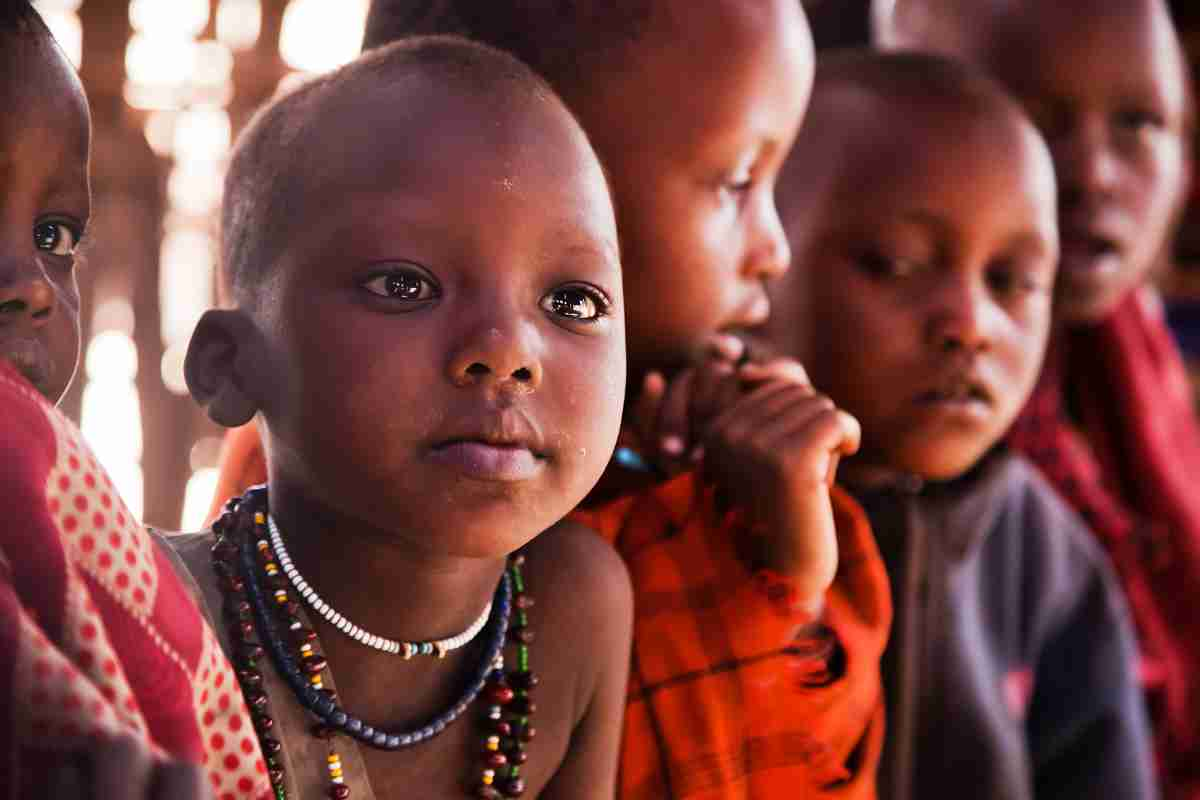Battling Child Malnutrition in Haiti: Nourishing a Brighter Future
Child malnutrition is a pressing issue plagues many developing nations, and Haiti is no exception. With a high prevalence of poverty, limited access to adequate healthcare, and recurring natural disasters, Haiti faces significant challenges in addressing child malnutrition. This blog post will explore the root causes of child malnutrition in Haiti, its consequences on the young population, and potential strategies to combat this critical issue.
Understanding Child Malnutrition in Haiti
- Poverty and Food Insecurity: Haiti is one of the poorest countries in the Western Hemisphere, where nearly 60% of the population lives below the national poverty line. Widespread poverty contributes to limited access to nutritious food, resulting in inadequate diets and malnutrition among children.
- Limited Access to Healthcare: Haiti’s healthcare system faces numerous challenges, including lacking medical facilities, healthcare professionals, and resources. Limited access to healthcare, especially in rural areas, hampers early detection and treatment of malnutrition among children.
- Inadequate Infant and Young Child Feeding Practices: Proper breastfeeding and appropriate complementary feeding practices are crucial for child development. However, cultural and societal factors, lack of knowledge, and economic constraints often lead to inappropriate feeding practices, depriving children of essential nutrients.
- Sanitation and Hygiene: Poor sanitation and hygiene practices contribute to the prevalence of diarrheal diseases, further aggravating malnutrition among children. Lack of access to clean water, proper sanitation facilities, and inadequate knowledge of hygiene practices increase the risk of infection and nutrient absorption issues.
Consequences of Child Malnutrition
Child malnutrition has far-reaching consequences that extend beyond immediate health concerns. The effects include:
- Stunted Growth and Development: Malnutrition during early childhood can lead to stunted growth and impaired cognitive development. The physical and mental impacts can limit a child’s potential to thrive, impacting their educational achievements and future opportunities.
- Weakened Immune System: Malnourished children have weakened immune systems, making them more susceptible to illnesses and infections. This increases mortality rates and hampers overall well-being and quality of life.
- Long-term Health Issues: Malnutrition in childhood can have long-term health implications, such as increased risk of chronic diseases like diabetes, cardiovascular diseases, and impaired reproductive health later in life.
- Societal and Economic Impact: The consequences of child malnutrition extend beyond individual children and families. A generation of malnourished children can hinder a nation’s social and economic development, affecting their productivity and potential contribution to society.
Addressing Child Malnutrition in Haiti
- Adequate Nutrition Interventions: Implementing comprehensive nutrition interventions, such as food supplementation programs, micronutrient fortification, and community-based management of acute malnutrition, can help address immediate nutritional needs and prevent further deterioration.
- Promoting Breastfeeding and Complementary Feeding: Educating parents and caregivers about the importance of exclusive breastfeeding for the first six months, followed by appropriate complementary feeding, is crucial. Health campaigns and community-based programs can be vital in disseminating knowledge and providing support.
- Strengthening Healthcare Infrastructure: Expanding access to quality healthcare services, particularly in rural areas, is essential for early detection and treatment of malnutrition. This includes establishing nutrition clinics, training healthcare professionals, and integrating nutrition services into existing healthcare systems.
- Improved Water, Sanitation, and Hygiene (WASH) Practices: Addressing clean water access, sanitation, and hygiene issues is pivotal in reducing the prevalence of diarrheal diseases and improving nutrient absorption among children. Promoting safe water storage, handwashing practices, and community-led sanitation initiatives can
Conclusion
Addressing the problem of malnutrition in Haiti is and should be everyone’s concern. It is inconceivable in the 21st century when technology is so advanced that we continue to have children dying from and living with the effects of malnutrition. At CaringHands International, we are dedicated to helping the communities we serve with adequate information on how to combat malnutrition and provide them with the proper tools to educate themselves about the effects of such an essential disease in their communities. We hope that we fight against malnutrition wherever it may be.




